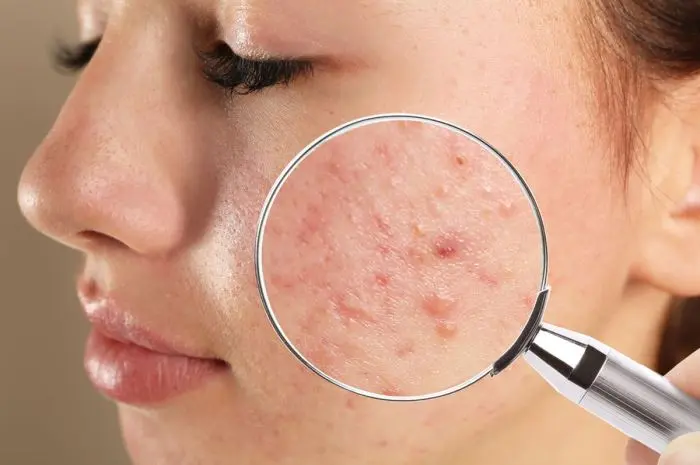
Discover 8 effective ways to get rid of acne scars for good and achieve smooth, clear skin with proven treatments and natural remedies.
Acne scars can be a persistent reminder of past breakouts and a significant cause of self-consciousness for many.
While some scars may fade over time, others remain visible and can affect the texture and appearance of your skin.
Fortunately, there are effective methods to reduce or eliminate acne scars, using both at-home treatments and professional procedures. Here are eight ways to get rid of acne scars for good.
1. Topical Retinoids
Topical retinoids are beneficial for both acne treatment and the reduction of acne scars. They speed up cell regeneration and can reduce the appearance of scars over time while also preventing new acne from forming.
Products containing adapalene, tretinoin, or tazarotene can be prescribed by a dermatologist and are applied directly to the scarred area.
2. Chemical Peels
Chemical peels involve applying a strong acid to remove the top layer of skin, which can help reduce deeper scars and hyperpigmentation.
A dermatologist can perform this treatment with varying levels of intensity, depending on the severity of your scars.
3. Laser Therapy
Laser therapy uses focused light therapy to either remove the outer layer of the skin or stimulate the production of new skin cells to cover damaged skin cells.
There are two types of lasers: ablative (which removes layers of skin) and non-ablative (which targets the underlying skin tissue without harming the surface). Both can be effective for treating acne scars.
4. Microneedling
Microneedling involves a device with small needles that puncture the skin to stimulate collagen production. This can help heal scars and reduce the depth of indentations over time.
For the best results, professional treatments are recommended, although at-home derma rollers are available.
5. Fillers
Dermatologists can inject fillers made from collagen, hyaluronic acid, or fat to fill out depressed acne scars.
This treatment can smooth out the skin’s surface, giving it a more even appearance. Fillers are temporary, however, and need to be repeated every four to six months.
6. Surgery
For very deep or large scars, surgery may be an option.
A procedure known as “subcision” involves inserting needles under the skin to loosen fibers below a scar, which can help raise the skin and diminish the appearance of deep scars.
7. Natural Remedies
Certain natural remedies may help improve the appearance of mild scarring. Aloe vera, for example, is known for its healing properties and can promote skin regeneration.
Honey, which has antibacterial and anti-inflammatory properties, can also be applied to scars to reduce inflammation and promote healing. However, these treatments are more effective on newer, superficial scars.
8. Sunscreen
Exposure to the sun can darken scars and make them more visible. Using sunscreen can prevent this from happening and also helps when you’re using scar treatments like retinoids and chemical peels, which can make your skin more sensitive to sunlight.
Conclusion
Dealing with acne scars can be a long process, and often a combination of treatments is needed to achieve the best results.
It’s important to consult with a dermatologist to determine which methods are appropriate for your skin type and the severity of your scars.
With patience and persistence, it’s possible to significantly reduce or even get rid of acne scars, restoring the natural beauty of your skin.


